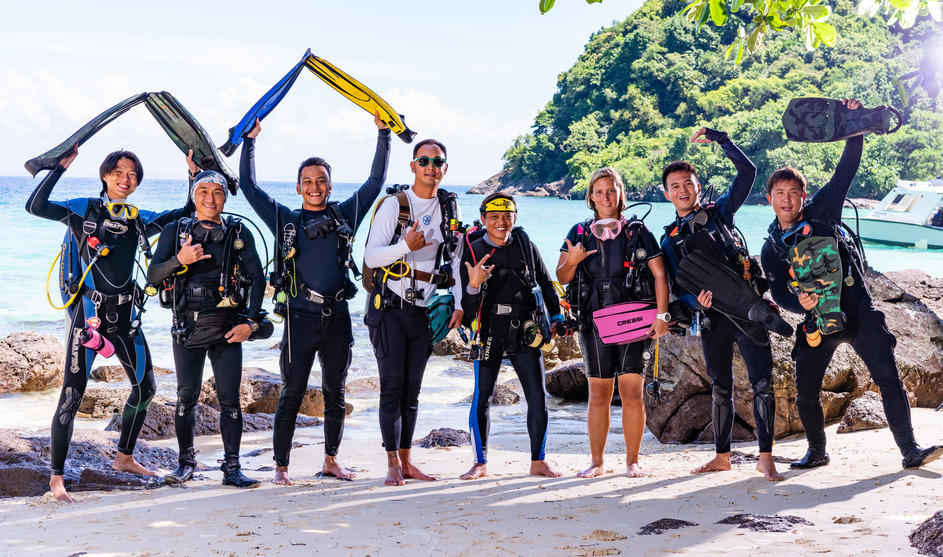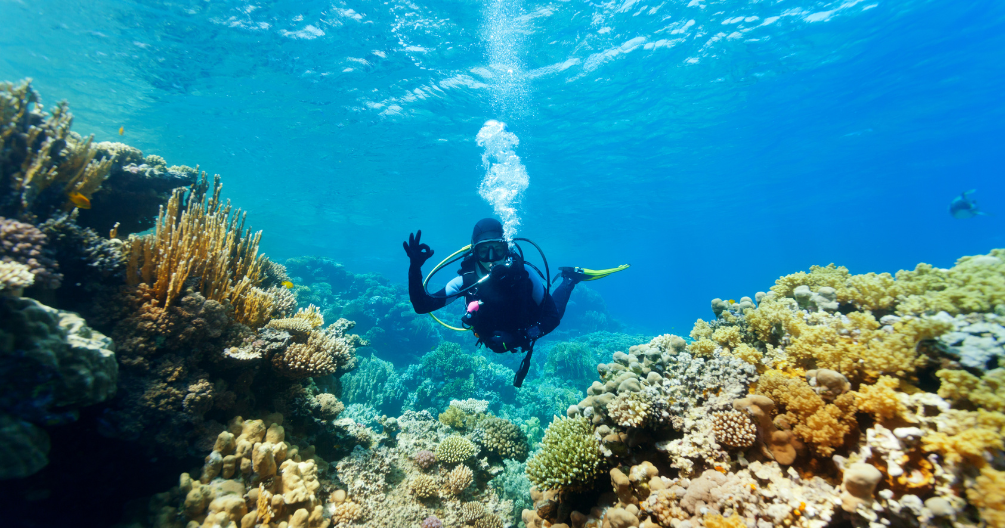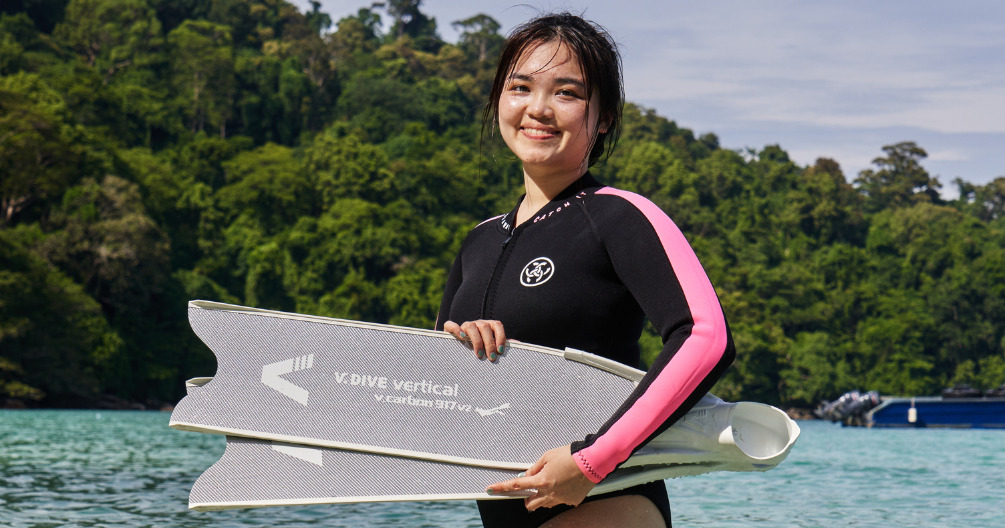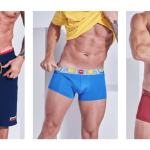For the brave at heart, diving is a journey to conquer your fears and unravel the ocean’s mysteries. But with exploration comes responsibility: ensuring you’re equipped with the right gear.
Whether you’re an experienced scuba diver or just getting started, you know that proper gear is essential for a safe and enjoyable experience. The common questions that often arise are, “Do you have to wear a wetsuit when scuba diving?” and “Can you go scuba diving without a wetsuit?”
In this article, we’ll explore the role of wetsuits in scuba diving and help you understand when and why they are a crucial part of your scuba diving tips and equipment.
Understanding Scuba Diving Basics: Conquer Your Fear of the Deep Blue
Before delving deep into the world of wetsuits, let’s briefly revisit the basics of scuba diving.
Scuba diving involves mastering buoyancy and adapting to the underwater environment. One key factor is water temperature, as comfort and safety are paramount.
Additionally, another important factor to keep in mind when diving without them is the exposure to UV rays. The sun’s intense ultraviolet rays can be harmful when you spend extended periods on the water’s surface between dives, and this is where wetsuits come into play.
What is a Wetsuit?
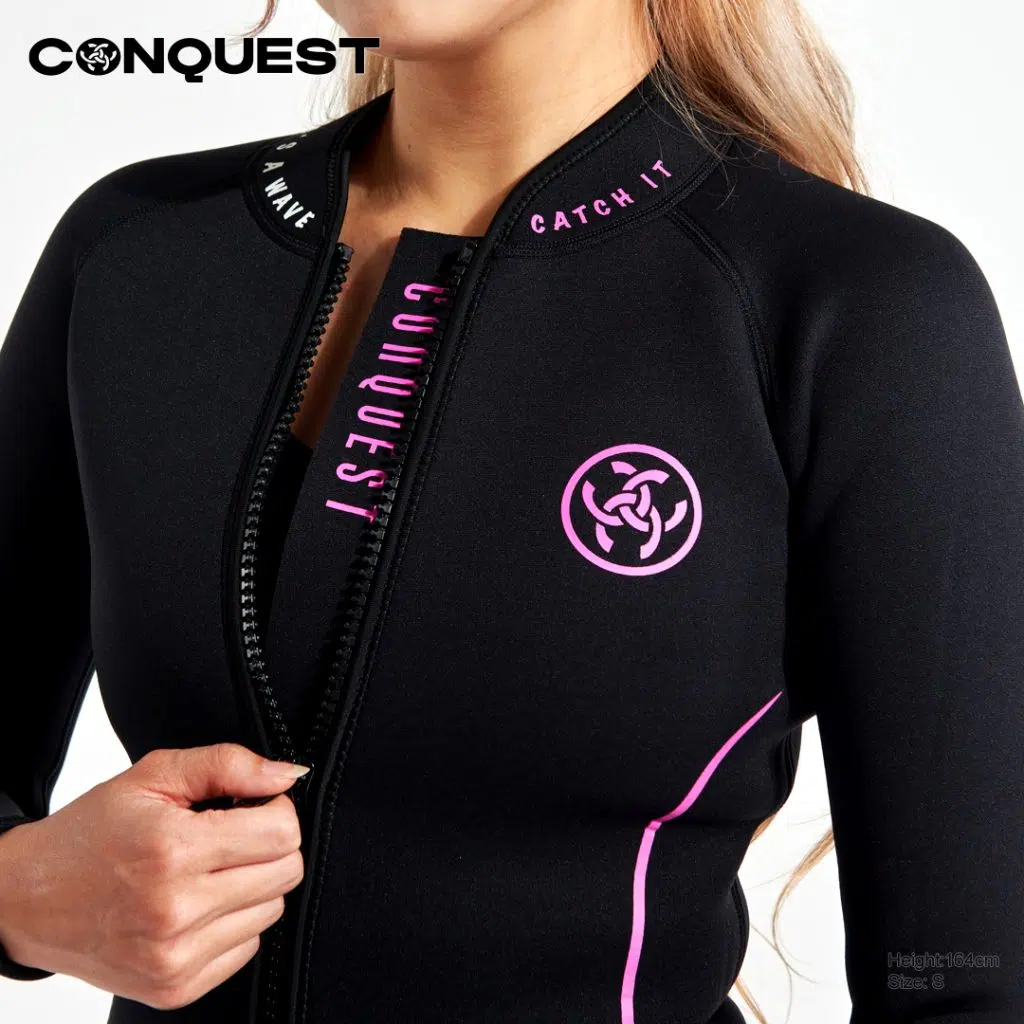
A wetsuit is a garment specifically crafted from neoprene to provide thermal insulation underwater. They range from full suits covering the entire body to shorties giving more freedom but less coverage.
Benefits of Wearing a Wetsuit
Thermal Insulation and Temperature Regulation:
One of the primary benefits of wearing a wetsuit is its ability to keep you warm in cold water.
The neoprene material traps a thin layer of water against your skin and body, which your body heat then warms up. This layer acts as an insulating barrier, preventing heat loss and keeping you comfortable even in chilly waters.
Protection from Marine Life and Hazards:
Wetsuits also provide a layer of protection to protect you against potential hazards underwater. They help shield your skin from jellyfish stings, abrasive corals and rocks, and other marine life that might pose a threat.
Buoyancy Control and Comfort:
Wetsuits assist in maintaining neutral buoyancy, allowing you to maintain your position in the water and fine-tune your buoyancy during a dive.
Moreover, wetsuits are designed to fit snugly, which reduces water movement inside the suit, enhancing your comfort and reducing drag as you move through the water.
Do You Have to Wear a Wetsuit When Scuba Diving?
The decision to wear a wetsuit largely depends on the water temperatures, surface temperature, sun, and the diving environment and dive site.
Wetsuits are essential for cold water dives but optional in warmer waters. They’re also protective in environments like coral reefs or caves where you might come into contact with sharp surfaces.
Here are some scenarios:
Coldwater vs. Warm-Water Diving:
In colder water environments, wetsuits are almost essential for thermal protection. However, in warm-water regions, some divers may choose to forego them, opting for thinner or shorter wetsuits, skinsuits, or rash guards for UV protection and minimal insulation.
Different Diving Environments:
The specific diving environment can also influence the choice of whether to wear a wetsuit. For example, if you’re exploring coral reefs or caves with potential contact with sharp surfaces, a wetsuit provides added protection against scrapes and cuts.
Tips for Choosing the Right Wetsuit for Scuba Divers

A wetsuit isn’t merely a piece of gear—it’s your protective companion against the cold, marine hazards, and the challenges of buoyancy as you conquer the depths.
Here are some pointers to consider when making your choice:
1. Prioritize Fit and Comfort
Proper Fit and Sizing: A wetsuit should fit snugly, but it shouldn’t restrict your movement. Ensure it’s tight enough to minimize water entry but flexible enough to let you move freely.
2. Understand Thickness and Material
Balancing Insulation and Mobility: Depending on the water temperature, you’ll need to choose the appropriate wetsuit thickness. Remember, thicker suits offer better insulation but might compromise your mobility.
Activity-Based Selection: Different water activities demand varied wetsuit specifications. For instance, scuba diving demands different wetsuit specifications compared to stand-up paddleboarding (SUP) due to the constant submersion, while surfing, with its intermittent exposure to the water, places less emphasis on wind conditions and more on water temperature.
3. Utilize Temperature Guides
To make an informed choice, using a wetsuit temperature guide is beneficial. It can help you understand how varying water temperatures impact the type and thickness of the wetsuit you should choose.
Here’s a general wetsuit temperature guide by Scuba Diver Mag
| Water Temperature | Scuba Diving Wetsuit Thickness |
|---|---|
| Over 82.4°F / 28°C | A bathing suit or rashguard, or UV protective dive skin are sufficient |
| 77°F – 80.6°F 1 25°C-27°C | 2mm shorty wetsuit or 1mm full suit |
| 71.6°F – 75.2°F / 22°C-24°C | 3mm full suit |
| 62.6°F – 69.8°F / 17°C-21°C | 5mm full suit |
| 50°F – 60.8°F / 10°C-16°C | 7mm full suit or 8/7mm semi-drysuit |
| 41°F – 50°F / 5°C-10°C | 8/7mm semi drysuit, or drysuit |
| Under 41°F / 5°C | Drysuit |
4. Special Note for Malaysian Divers:
Diving in Malaysia offers a unique blend of warm waters, diverse marine life, and distinct dive sites. However, to maximize your diving experience, it’s essential to be properly geared up. Here’s a tailored advice based on the temperature information from the Professional Association of Diving Instructors (PADI®):
Peninsular Malaysia: The prime diving window is between March and September along the east coast. Generally, a 3mm wetsuit is recommended due to the warm water temperatures.
East Malaysia: Diving is an all-year-round activity with water temperatures typically ranging from 82-86°F (28-30°C). A 3mm wetsuit should suffice for most divers.
Areas with Temperature Anomalies: Some regions might experience unexpected temperature changes. For instance, in locations like Kota Kinabalu Sabah, water temperatures can vary between 24°C to 30°C. In these regions, while a 3mm wetsuit is typically suitable, divers might consider additional layering, such as wearing a rash guard, to adapt to occasional cooler conditions.
Depth Factors: Remember that water temperature can change with depth. While surface waters might feel warm, temperatures can decrease as you go deeper.
Personal Comfort: Everyone has their unique cold tolerance. Consider a slightly thicker wetsuit or additional layers if you tend to get chilly easily.
Dive Duration: For prolonged dives, especially with limited movement, you might feel the cold more. In such cases, extra layering might enhance comfort.
Local Expertise: Always consult local dive shops or guides. They’ll have the most up-to-date information on current conditions and can provide tailored advice for the specific area you plan to dive in.
5. Seek Professional Advice
If ever in doubt, consulting a diving professional or instructor about the best gear for your specific dive plans can be invaluable.
Remember, the right wetsuit doesn’t just offer protection—it enhances your overall diving experience, ensuring safety, warmth, and comfort throughout your underwater adventure.
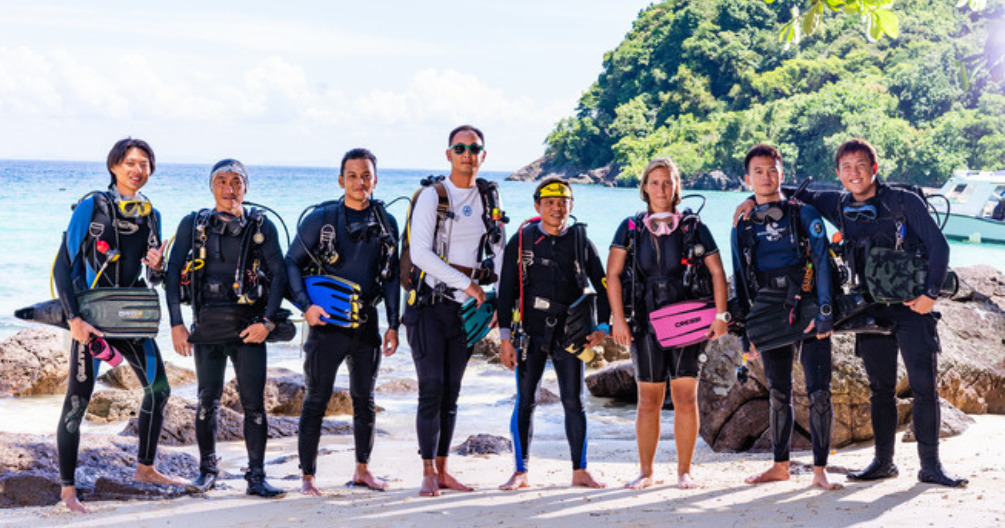
Conclusion
In conclusion, the question of whether you have to wear a wetsuit when scuba diving depends on various factors, including water temperature, diving environment, and personal preference.
Wetsuits offer significant benefits in terms of thermal protection, safety, and comfort, making wearing them a valuable addition to your diving gear. However, the choice ultimately rests with you and your specific diving needs.
Prioritize and protect your well-being by selecting the right gear for your own dive plan and underwater adventures, and enjoy the incredible experiences that scuba diving has to offer.
Scuba diving is an awe-inspiring journey into the ocean’s depths, and the gear you choose can significantly impact your enjoyment and safety. Whether you decide to opt for a scuba dive, wetsuit or another form of protection, remember that staying informed and prepared is key to making the most of your underwater explorations. Stay safe, and dive with courage!
Ready to gear up for your next scuba dive?
Arm yourself for the COMO experience, where your next underwater adventure awaits with gear that’s not just about diving deep but doing it with undeniable style and exceptional value. Here, we arm you with top-tier scuba diving essentials, including wetsuits that make a splash with their cool designs, all curated to ensure you stand out under the sea. It’s where the spirit of adventure meets the essence of affordability and style, making COMO your go-to for scuba gear that’s as amazing in value as it is in appearance.
Dive into our website today to discover the perfect scuba gear and wetsuit gear for your next dive and underwater adventures. Take on your fears with the spirit of CONQUEST—“CONQUER YOUR FEAR”—and let nothing hold you back in the depths.
